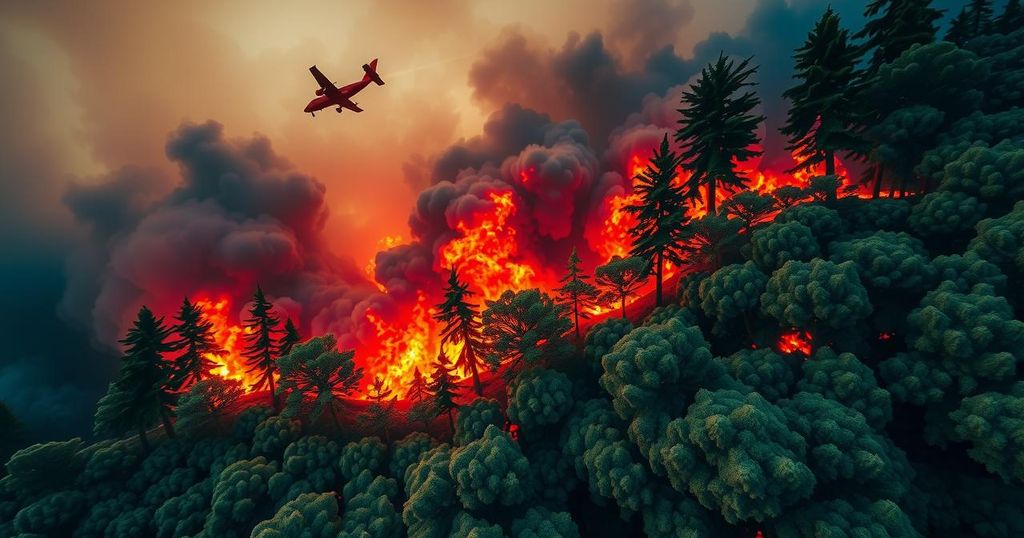Overview of Tropical Cyclone Zelia in the Indian Ocean
Tropical Cyclone Zelia was reported in the Indian Ocean with winds of 58 mph. Satellite images help assess storm characteristics, as a symmetrical eye suggests strength. Cyclones in the Southern Hemisphere rotate clockwise and form from October to May, peaking typically in late February and early March.
Early Wednesday, the Joint Typhoon Warning Center reported that Tropical Cyclone Zelia was active in the Indian Ocean, featuring sustained winds measuring 58 miles per hour. Satellite imagery can be instrumental in assessing a storm’s strength, size, and internal structure. A pronounced, symmetrical eye often indicates a strengthening storm that is not currently facing any disruptive environmental factors.
In the Southern Hemisphere, approximately a quarter of the Earth’s tropical cyclones develop, designated as cyclones when wind speeds reach 74 miles per hour, in contrast to hurricanes in the Atlantic. A key distinction is that Southern Hemisphere cyclones exhibit a clockwise rotation, whereas hurricanes rotate counterclockwise. These climatic events can significantly impact regions such as Madagascar and the coasts of Australia.
The cyclone season in the Southern Hemisphere deviates from other global patterns, generally commencing in late October and concluding in May. Activity peaks in varying regions, typically reaching its zenith between late February and early March. Monitoring these phenomena is crucial for preparedness and response measures.
In summary, Tropical Cyclone Zelia is currently in the Indian Ocean, with significant wind speeds observed. Understanding the nature of cyclones in the Southern Hemisphere is essential, particularly as this season unfolds in a pattern unique to the region. The impact on various coastal regions emphasizes the need for effective monitoring and preparedness.
Original Source: www.nytimes.com




Post Comment